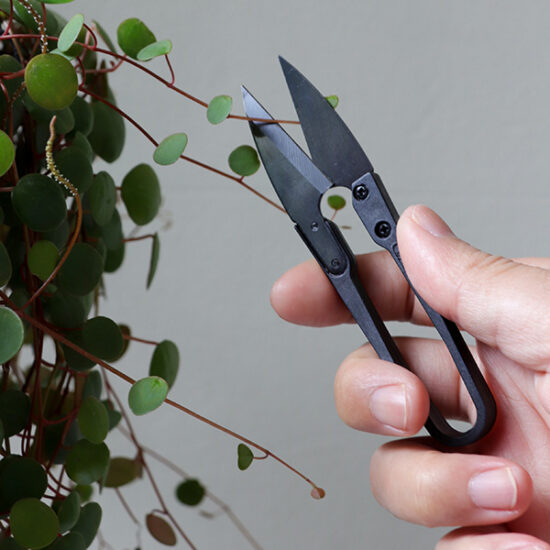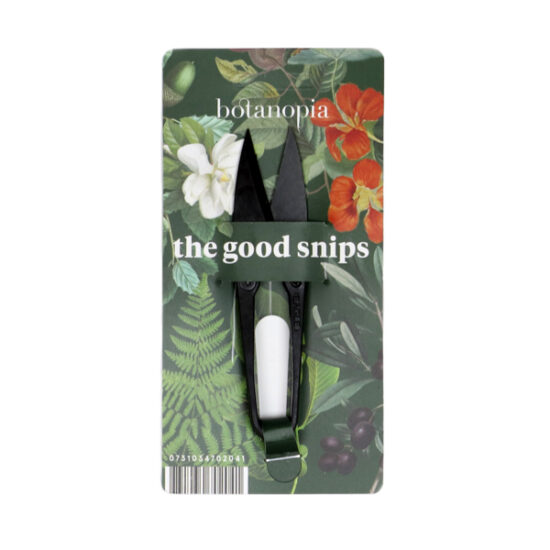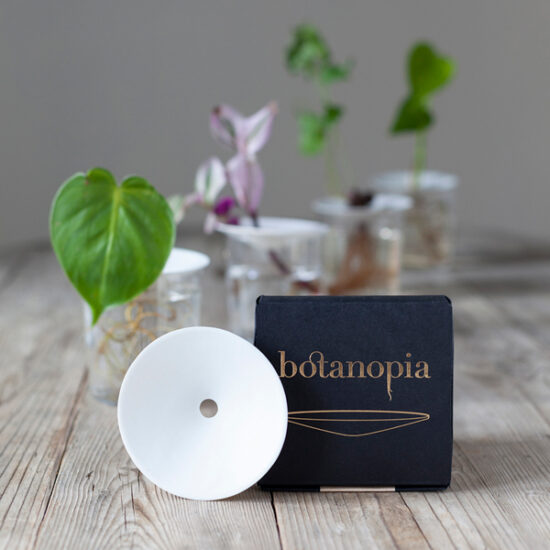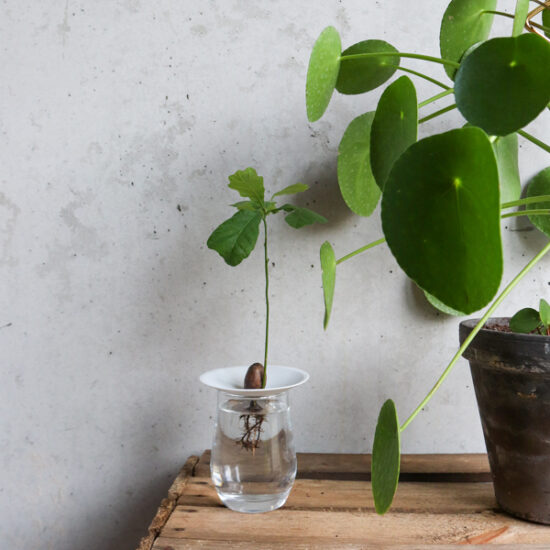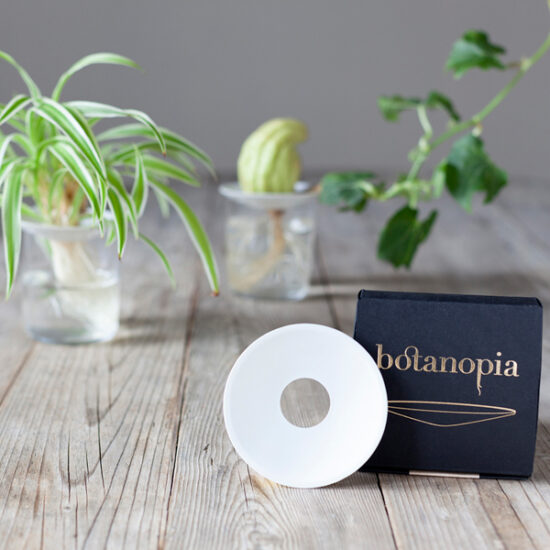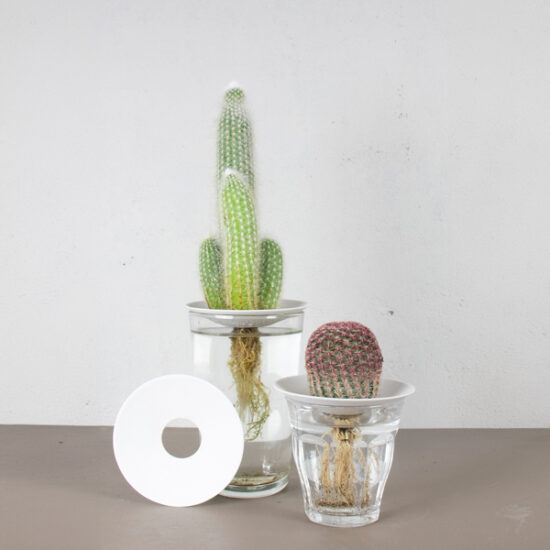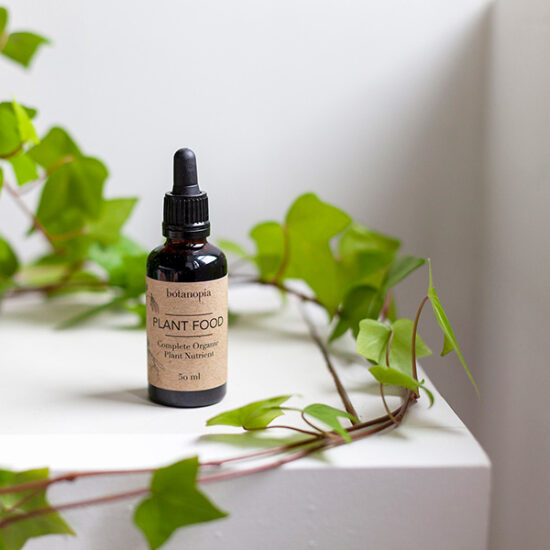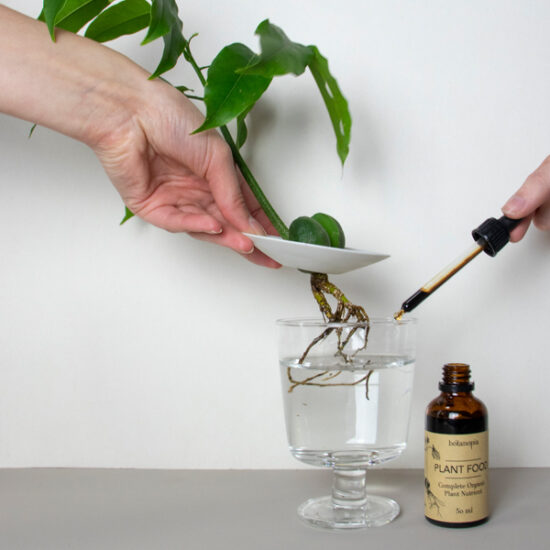How to grow a horse chestnut in water
I don’t know about you, but my pockets are always full of seeds and nuts when I go on a walk. I can’t help it.
Also known as conkers, the horse chestnuts make a pretty houseplant to grow. To determine which ones will grow best, first place them in a container of water, and get rid of the ones that float, as they have dried out.
In this article, we’ll show you how to grow a horse chestnut in water.
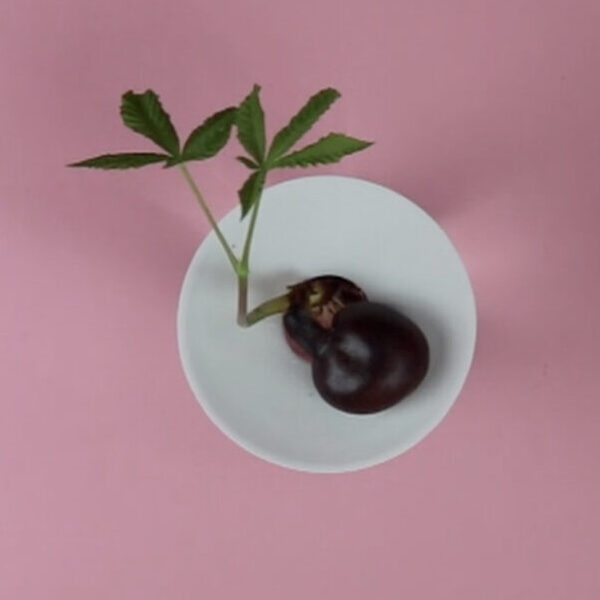
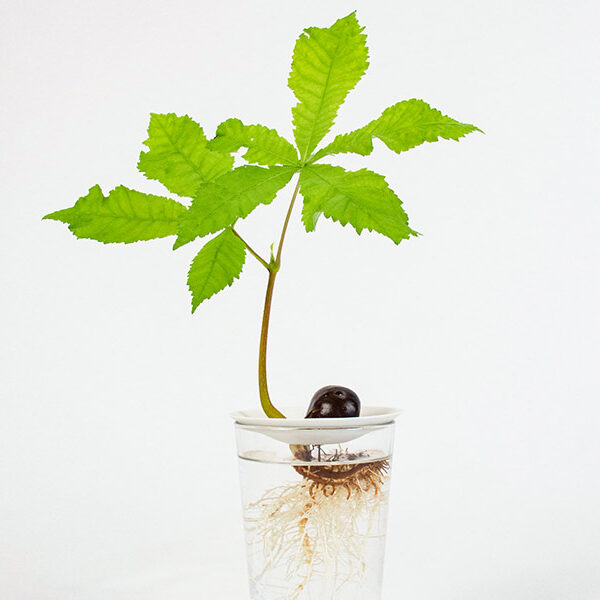
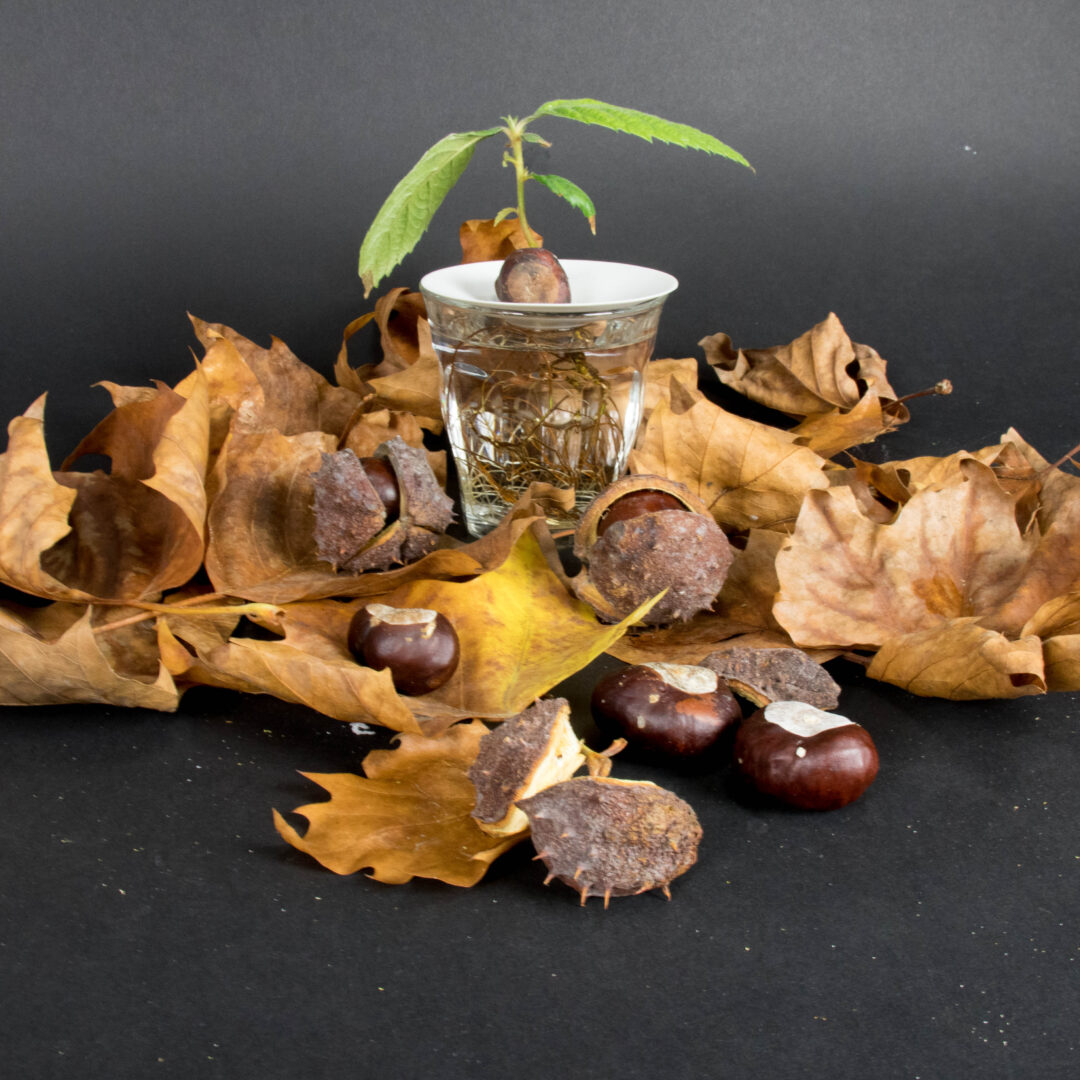
Did you know there’s a seed hiding inside the prickly fruit of a chestnut? Here’s a quick tutorial ton how to grow a horse chestnut in water.
Watch the 1-minute video to learn the super easy method to germinate them, using supplies you already have in your kitchen.
Are all chestnuts edible?
As you go on a hunt for chestnuts and propagate them, you may want to roast the seeds and try them. Both toxic and edible chestnuts have brown nuts.
Horse-chestnuts, which contain a poison called esculin and can cause death if eaten raw, have a bumpy husk with a wart-covered appearance. They are rounded and smooth with no points.
Sweet chestnuts, however, are edible and covered with a spiny husk and pointed tips. When roasted, they are sweet, buttery, and soft.
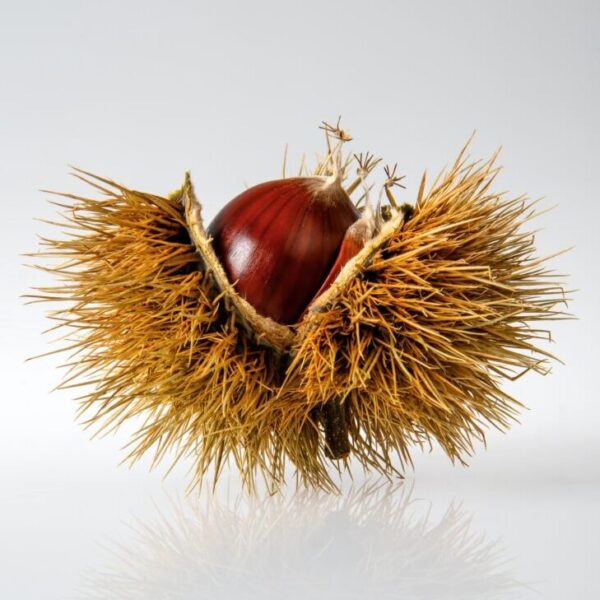
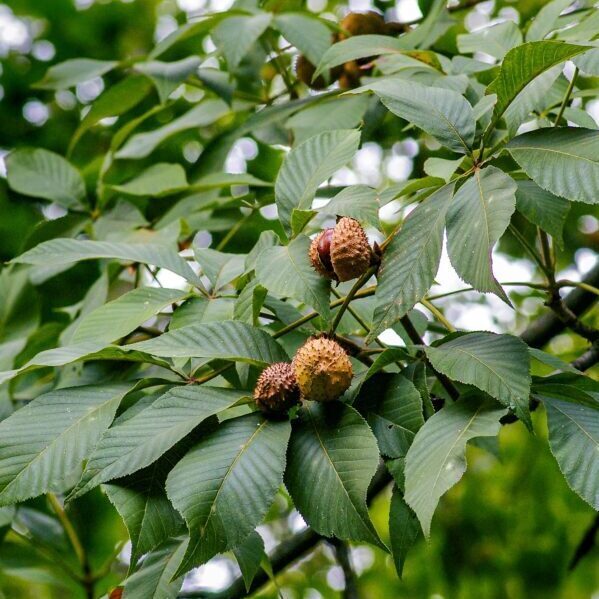
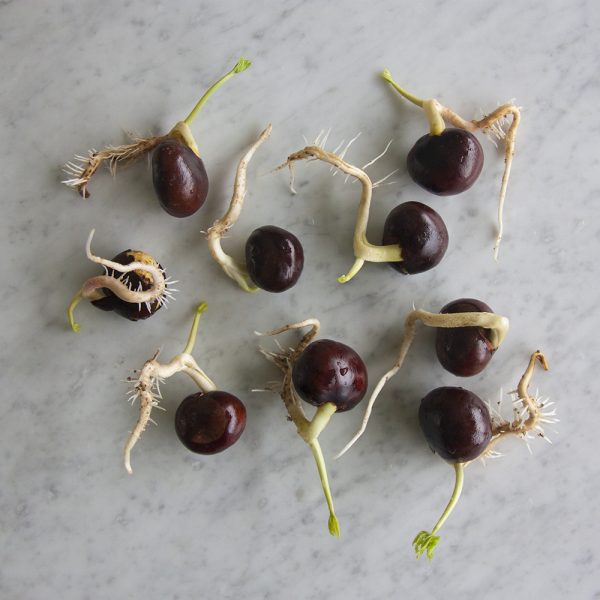
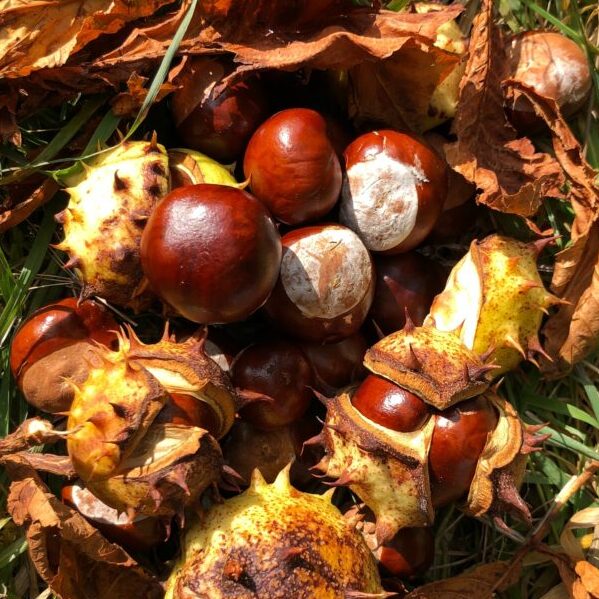
Cultivate your own indoor garden with ease using our essential tools that help your seeds sprout and flourish into healthy plants:
-
Sale! Original price was: 4,95€.4,12€Current price is: 4,12€.
Here’s some extra info to help you succeed:
Fake it till you make it
Like many seeds growing in cooler climates, chestnuts need a period of hibernation in the cold to germinate. To speed up this process, you can replicate nature by using the fridge. Wrap your chestnut seed in a moist (not wet) towel and put it in the fridge for 2-3 months between 0-2 °C.
Keep mold at bay
Keep checking inside the baggie from time to time, to check if the paper towel is still moist. If not, add a little water to keep things steamy in there.
Check for mold as well. If you spot some, wash the nuts in a bleach solution. To achieve this, mix one part bleach with nine parts water. Rinse the seeds with boiled water which has cooled down and return them in the baggie.
Once the root is about 2-3 cm, take it out of the baggie, and let your seed grow further. You want the roots to always be in the water, but the seed to stay dry. The perfect tool for the job: a porcelain germination plate. It also helps to prevent the water from evaporating too fast.
Did you successfully germinate your chestnut seed?
What’s your next challenge going to be? Here’s lots of ideas for other plants and seeds to try next.

